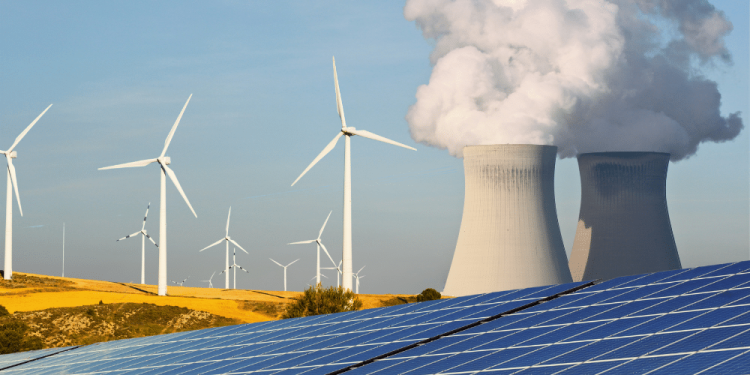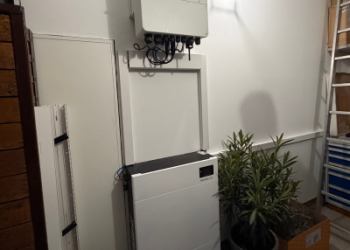Australia’s energy landscape is evolving, and discussions are underway about integrating nuclear power into the existing mix of renewables. This raises questions about the potential impact on current solar and wind energy investments. Will nuclear power render these renewables redundant? How might feed-in tariffs and commercial-scale renewable projects be affected? And what are the implications for the national grid?
The current state of renewables in Australia
As of 2025, Australia has made significant strides in adopting renewable energy. Over four million households have installed rooftop solar systems, aiming to reduce electricity costs and carbon footprints. Commercial-scale solar and wind farms contribute substantially to the national grid, supporting the country’s renewable energy targets.
Introducing nuclear power: Potential impacts
The proposal to integrate nuclear power into Australia’s energy mix has sparked debate. Proponents argue that nuclear energy offers a stable, low-emission power source that can complement renewables. However, several factors must be considered:
- Economic viability: Studies indicate that nuclear power is more expensive than renewables. The CSIRO’s GenCost report estimates that by 2040, electricity from nuclear reactors would cost between $145 and $238 per megawatt-hour, compared to $22 to $53 for solar and $45 to $78 for wind.
- Implementation timeline: Building nuclear reactors is a lengthy process. Experts suggest that even with optimal conditions, establishing nuclear infrastructure in Australia could take over a decade. This delay could hinder efforts to replace retiring coal-fired power stations promptly.
Impact on feed-in tariffs and residential solar
Feed-in tariffs (FiTs) have been instrumental in encouraging residential solar adoption. These tariffs compensate homeowners for excess electricity fed back into the grid. The introduction of nuclear power could influence FiTs in several ways:
- Grid saturation: Nuclear power plants operate continuously, providing a constant power supply. This inflexibility could lead to periods when the grid has excess power, especially during peak solar generation times. Consequently, grid operators might reduce FiTs to discourage additional input, affecting the financial returns for residential solar owners.
- Lower wholesale prices: If nuclear power reduces wholesale electricity prices due to its continuous generation, FiTs could decrease further, reducing the financial returns for solar households.
- Policy adjustments: Governments might adjust FiT schemes to prioritise grid stability, potentially favouring nuclear over distributed solar.
Financial implications for commercial-scale renewables
Commercial solar and wind farms have attracted significant investment due to their decreasing costs and supportive policies. The emergence of nuclear power could impact these projects:
- Market competition: Nuclear energy’s higher production costs might lead to increased electricity prices if integrated into the grid. This scenario could make renewables more competitive, potentially benefiting existing projects.
- Policy shifts: Government focus on nuclear power might divert resources and attention from renewable energy initiatives. This shift could result in reduced subsidies or support for new solar and wind projects, affecting their financial viability.
Grid dynamics and stability
Integrating nuclear power into the grid presents challenges and opportunities:
- Base load vs. flexibility: Nuclear plants provide a steady base load of power but lack the flexibility to ramp up or down quickly. In contrast, renewables like solar and wind are variable but can be paired with storage solutions to enhance flexibility. Balancing these characteristics is crucial for grid stability.
- Infrastructure investments: The grid may require upgrades to accommodate the unique demands of nuclear power, such as enhanced safety protocols and transmission capabilities. These investments could influence electricity prices and the allocation of resources within the energy sector.
Conclusion
While nuclear power offers a low-emission energy source, its integration into Australia’s energy mix could have complex implications for existing renewables. Potential reductions in feed-in tariffs, financial impacts on commercial-scale projects, and challenges related to grid stability are key considerations. Careful planning and policy development are essential to ensure that the adoption of nuclear power complements rather than compromises Australia’s renewable energy progress.
Stay tuned for the fifth and final part of the Exploring Nuclear Energy series. Catch up on Part 1, Part 2, and Part 3 today.
















